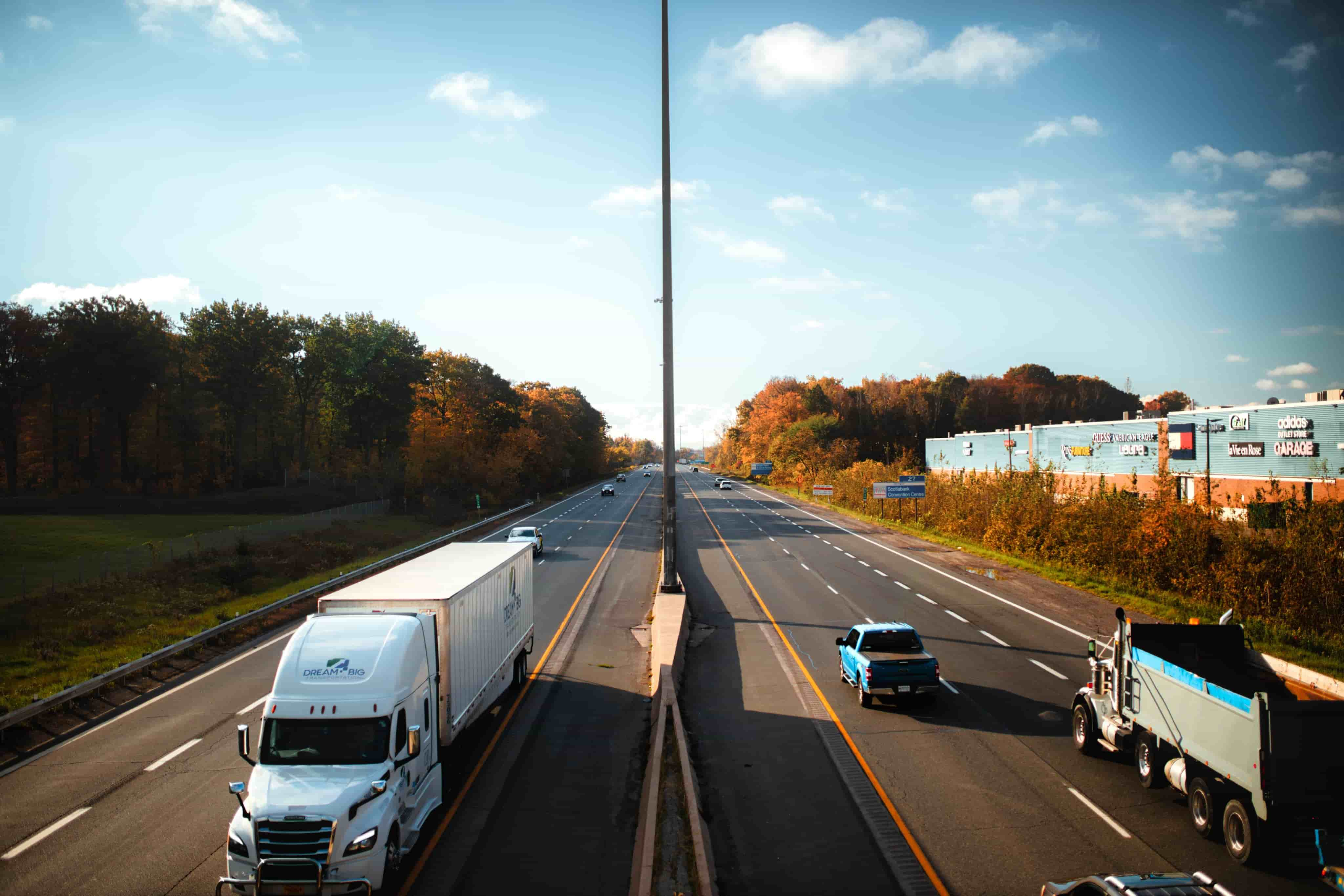
Basics of Freight Shipping
Discover the essentials of freight shipping and how it plays a critical role in the U.S. economy. Learn what can be shipped, the importance of accessorials, and best practices for packaging to ensure your cargo arrives safely and efficiently. Whether you're a corporate entity, small business, or residential shipper, FreightCenter connects you to a vast network of nationwide carriers.
Freight shipping, by definition, is the movement of bulk cargo from one location to another, whether it’s by truck, rail, air, or sea. Knowing the basics of freight shipping can be the difference between shipping a truckload of freight versus a truckload of money. The importance of the freight industry cannot be understated. In fact, The American Trucking Associations’ American Trucking Trends 2018 found that the trucking industry alone generated $700.1 billion in revenue, or 79.3% of the U.S.’s freight bill, cementing its place of importance in the U.S. economy.
At FreightCenter we ship freight for corporate and government, small businesses, and one-time residential shippers. No matter the freight shipment, FreightCenter will connect you to one of our many nationwide carriers.
We provide competitive freight shipping prices and an all-inclusive, easy-to-use shipping experience for our customers. Exceeding our customers’ expectations results in thousands of satisfied customer reviews and repeat business. We believe in the power of our customer relationships. Check out FreightCenter reviews from real customers, and learn what they have to say about their freight shipping experience!
- 2021 Food Logistics’ Top Green Providers
- 2021 & 2018 Supply & Demand Chain Executives' Pros to Know: Matthew Brosious
- 2020 & 2019 Top Food Logistics’ 3PL & Cold Storage Provider Award
- 2020 & 2019 Business Observer’s Top 500 Companies on the Gulf Coast
- 2020 & 2017 SmartWay® Transport Partner
- 2020 & 2017 Food Logistics’ Champions: Rock Stars of the Supply Chain
- 2020 Best of Palm Harbor Awards for Local Businesses
- 2017 Green Supply Chain Award from Supply & Demand Chain Executive
- 2017 Tampa Bay Business Journal Heroes at Work
- 2016, 2015, & 2012 Food Logistics Top 100 Software and Technology Providers
- 2013 Tampa Bay Business 100 by Tampa Bay Business Journal
- 2013 Top 100 Great Supply Chain Partners by SupplyChainBrain
- 2012 TIA Samaritan Award Honorable Mention
Can I Ship That?
Short answer: Yes! Slightly longer answer? Your best bet is to check with your FreightCenter freight agent. We want to help you get your freight where it needs to go, but some limitations apply. For instance, we don’t ship vehicles or live things.
This can depend on the carrier you choose, and your agent will inform you upon booking.
Are Accessorials Needed?
Accessorials are add-ons to your booking that assure ease of shipment. If your shipping location or destination lacks the proper equipment, like a liftgate, or if they are starting or ending at a limited access pickup location, it can be added to your quote form for an additional fee. Billing adjustments occur if such accessorials are missing on the order.
Furthermore, if you want your freight to be treated like the MVP (Most Valuable Package!), additional accessorials like First Mile and White Glove Service will lay out the red carpet. Services like these are optional.
—Learn more about different kinds of accessorials here!
To create value for our customers by delivering customized shipping solutions that meet their unique needs and to fulfill shipping demands from simple to complex with expertise, guidance and ingenuity.
The perfect fit for shipping a crate or two (or three, or four…)! Less-than-truckload, or LTL, is a popular, cost-effective mode of transportation when you don’t require the whole trailer for your shipment. Instead, you only have to pay for the space your freight occupies. It’s also the ideal choice for anything between 150 – 10,000 lbs.
When cargo is too bulky it’s best to ship it by itself. Full truckload, or FTL, is the choice for you. By choosing FTL, the world is your oyster…or the truck is, at least. Full truckload is ideal for shippers with time-sensitive freight. When the trailer is dedicated to your load there will be no stops on the way to its delivery point.
If you don’t need the full truck, perhaps a partial truckload is the route for you. This can be anywhere from 6 to 18 pallets from 8,000 lbs. to 27,000 lbs. PTL does not rely on freight class classifications, and has competitive rates against LTL, with quicker delivery times since it passes through fewer hands.
Shipments weighing 150 lbs. or less qualify for parcel shipping (anything that can fit reasonably inside of a USPS truck). Since the packages are smaller, the parcel receives more personalized treatment during shipment. Parcels are the way to go when your shipment is too small for a freight truck.


Packaging For Freight Shipping
The road to delivery can be a treacherous one. Freight faces damaging conditions in the warehouse and on the road. It also typically passes a lot of hands before it gets where it needs to be. Just remember:
- Crate, palletize, and otherwise package your freight securely.
- Proper packaging is of the utmost importance! If something happens between points A and B, you want to assure that your carrier liability is not nullified due to improper packaging.
- It would be wise to get freight insurance.
- Place labels in multiple places on every piece of freight.

